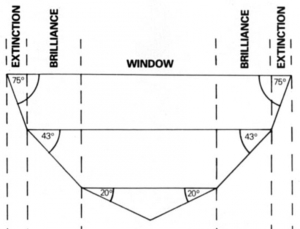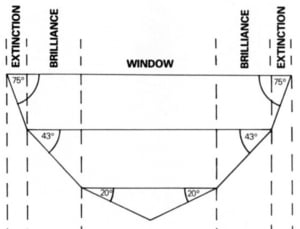ChunkyCushionLover
Ideal_Rock
- Joined
- Jun 21, 2009
- Messages
- 2,463
VapidLapid said:WOW the cutting is just dreadful, especially on the pink one. And especially on the blue one too. It feels weird though, like it was done by a native cutter who had seen some better cuts and was trying to emulate them, or like it was done by a "western" cutter trying to make it look like a native cut of an unfamiliar sophisticated cut.
Or it could be that the global culture is transitioning and the term "native cuts" (as I used it) wont denote the freehand cutting by highly exploited slightly educated children native to developing countries for much longer. If we choose that interpretation then we might propose that this could be an example of the transition taking place. Still then we would be left wondering if the stones that were cut are natural or synthetic.
Vapid,
I am very interested in learning what makes a well cut colored stone.
What you are seeing from body side views that indicates a poor cut and how this attempted to emulate better cuts.
If you have any suggested links or books I'd be interested in reading them.
I understand this basic concept shown below but probably not much beyond it or how well it can be applied.





300x240.png)